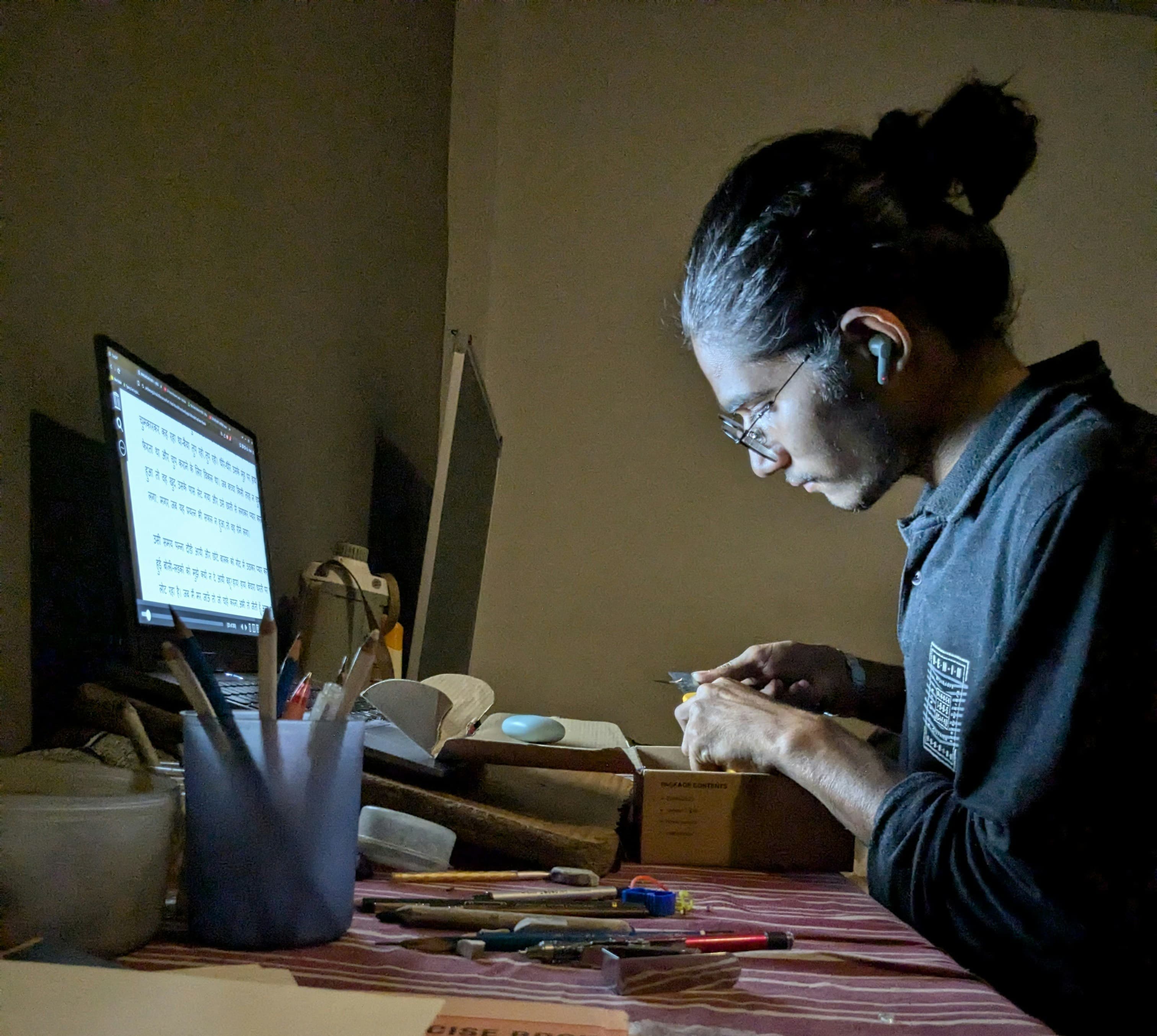Walking Through My Forex Trades on an Active Monday

Some Mondays start with a jolt. I woke up to find my position in the Japanese yen had gone absolutely wild overnight. It blew past my initial profit target, so I didn’t hesitate—I closed the trade immediately, taking both lots off the table at 117.20. I could have tried to manage it for more, but my profit target was originally 116.80. Anything above that felt like a gift, and my trading plan is so ingrained now that following the rules is second nature. This kind of is a great way to start the week, but it's crucial not to let an early win go to your head. It was time to refocus.
It was just after 7:00 AM. I hope I’ve made it clear that you don’t need to be up at 2:00 AM Eastern to trade the . None of my recent trading days have started before 4:30 AM. Of course, if you can get up earlier, you’ll find more opportunities, but it isn't a requirement.
Sizing Up the Day's Opportunities
My first look was at the Australian dollar pair, which had been profitable for me last Friday. This morning, however, it was starting to break down. The market had been showing weakness since before 5:00 AM, and I saw a valid entry setting up. A rule I stick to is that once a primary profit target is hit, I don’t take any “second chance” entries on that same move. That wasn’t the case here, so the trade was still on the table.
With that confirmed, I went short at 0.7434. My stop-loss was placed just above a key Fibonacci level and the Wave indicator, at 0.7455. I used the psychological resistance of the “.50” pip level to give the trade a little extra room. My first profit target, based on a 1.272 Fibonacci extension, was sitting just 11 pips away from the 0.7400 level. My approach is built on these clear, pre-defined rules.
Next, I turned to the Swiss franc, or “Swissy.” The 60-minute chart showed a confirmed breakout from a triangle pattern. The only thing holding me back was the 1.3000 psychological level. Instead of jumping in right away, I placed a pending buy order at 1.3005. This created a small challenge: if I’d entered at the initial trend line break, my first profit target would have been 1.3010. Entering at 1.3005 for a five-pip gain didn’t make sense. I decided to acknowledge 1.3010 as potential resistance but aimed for my next target at 1.3026.
For my stop-loss, I started by asking the most important question: at what point is this trade idea no longer valid? While the official invalidation point was the bottom of the triangle, that represented too large of a loss. I chose a tighter stop below the Wave and a 0.500 Fibonacci level, which offered multiple layers of confirmation.
Executing the Plan
The British pound was the next pair on my radar. The 60-minute chart showed an established Wave and a negative MACD histogram, signaling weakness. The recent climb up didn't leave a clear last major move to draw Fibonacci levels from, so I had to rely on pivot points and psychological numbers for my support levels. The setup had already confirmed and pulled back, so I entered short at 1.7544. My first target was the 1.7500 psychological number, with the actual order placed at 1.7505. The stop-loss went to 1.7570, just above a key pivot point and the top of the Wave.
At this point, I had three positions in play or pending: short the Aussie, waiting to go long on the Swissy, and short the pound. I made a conscious note that all three of these trades depended on a strong U.S. dollar. I wasn't hedged at all, and I made sure to pull up a chart of the U.S. Dollar Index to keep an eye on the broader market direction. This awareness is key to managing a in the markets.
Managing Live Trades Through the Morning
As 10:00 AM approached, my Aussie short began to move in my favor, and the 10:00 AM candle accelerated the drop. I hit my initial profit target at 0.7411. At the same time, my pending order on the Swissy was filled as it broke through the 1.3000 level. The price action was choppy, and while I wasn’t in immediate danger of being stopped out, I would have preferred to see the 1.3000 level act as support instead of resistance.
The pound also saw a quick move down, hitting my first profit target at 1.7505 before bouncing slightly off the 1.7500 psychological support. Shortly after, a strange candle on the Aussie chart triggered my trailing stop. I was out of that trade, but not before locking in a decent profit. The Swissy, however, was just moving sideways. Boredom is never a reason to exit a trade, so with my stop and profit targets in place, I let it be.
The pound also bounced back, and my trailing stop was hit there as well. That’s just how goes sometimes. This left me with one open position: the Swissy.
Later that morning, around 11:25 AM, a new setup appeared on the euro. It was breaking down from a solid technical pattern, and because it was still before the U.S. lunch hour, I gave it a green light. This trade also relied on U.S. dollar strength, which aligned with my open Swissy position. I entered short at 1.1994. My stop-loss was placed above a combination of the Wave and a Fibonacci level, while my profit target was set at 1.1964.
With both the Swissy and euro trades meandering, I set OCO (one-cancels-the-other) orders for my stops and profit targets and called it a day. Staring at the charts doesn't make them move. It wasn't until after 11:00 PM that night that both positions finally hit their profit targets. This is why I love conditional orders. I wouldn’t even consider without them.








